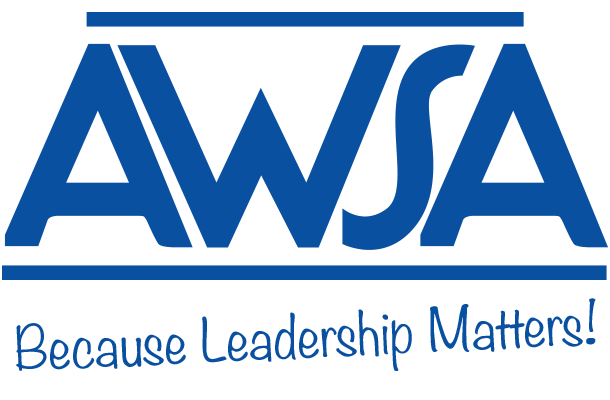Engaging the YouTube GenerationBy Brandon Berrey, Virtual Learning Coordinator, Somerset High School Can you believe this year’s seniors are the last class to start life before Youtube?! At the same time this class was in Kindergarten when Instagram arrived on the scene, 4th grade when SnapChat gained popularity, and 8th grade when Tik Tok migrated from abroad. According to the most recent PEW poll on social media use among teens, 95% have a Smartphone and 95% use Youtube. 97% of teens access the internet, including social media, on a daily basis. We as educators are competing for our students’ attention against a daily onslaught of games, videos, pictures, music, and more. It is imperative that lessons and assessments hit our students where they live and engage them in their own learning. Educators are no longer the keepers of knowledge. Anyone with access to the internet has access to the knowledge that we were once the stewards of. Virtually all of our students have devices and access to the internet, whether the school provides them or they have them at home. This provides a wonderful opportunity to better engage our students in their learning. For example, a flipped classroom is not a new concept, but one that has become so much easier to implement over the last few years. Why take up valuable in-class time on direct instruction when that time can be used to answer questions or divide students into groups to work through a lesson or assignment? Screencast the lesson, have students watch it as homework and come to class the next day with questions. Now the educator is the guide to learning and not the keeper of the knowledge. Pique their interest with a recorded lesson and watch them yearn to know more when they come to class! It doesn’t hurt to throw in a dance step or your best dad joke. Where technology really changes the game in education is in using it for assessment. Allow students to demonstrate their knowledge of a subject in a way they understand. Create assessments with a video component that grabs their attention. Video is an immense part of their lives whether that is watching a Youtube video or creating one in Tik Tok. Instead of having students fill out a worksheet while they dissect a starfish, have them video it while they voice over and explain the biology. Want to see the process a student is using to solve that geometry problem? Have the student record their work while they explain their thought process. When students are learning about the post-reconstruction era in the United States, have them role play a former slave explaining how Jim Crow Laws have negatively impacted them. Sign up for Flipgrid as an ASL teacher and have discussions virtually that you can go back and grade at your leisure. By utilizing technology students demonstrate the content they need to know, but may not have to worry about the delivery. The sky's the limit when it comes to assessing students using video and technology. You’d be surprised at how excited most of them will be to show what they know. Sit and get should be a rare occurrence for a student in today’s classroom. Written papers and worksheets have their place, but in many situations it isn’t the most effective way for students to demonstrate their knowledge. The rise of technology, even in the last three years, has opened an incredible amount of doors to better educate a generation that has grown up with on demand video and video-based social media. The future of our students is, without a doubt, built around critical thinking, collaboration, creativity, and communication, no matter what subject we teach them. To better prepare them for this future, education needs to evolve to engage them in the world they will thrive in. |
